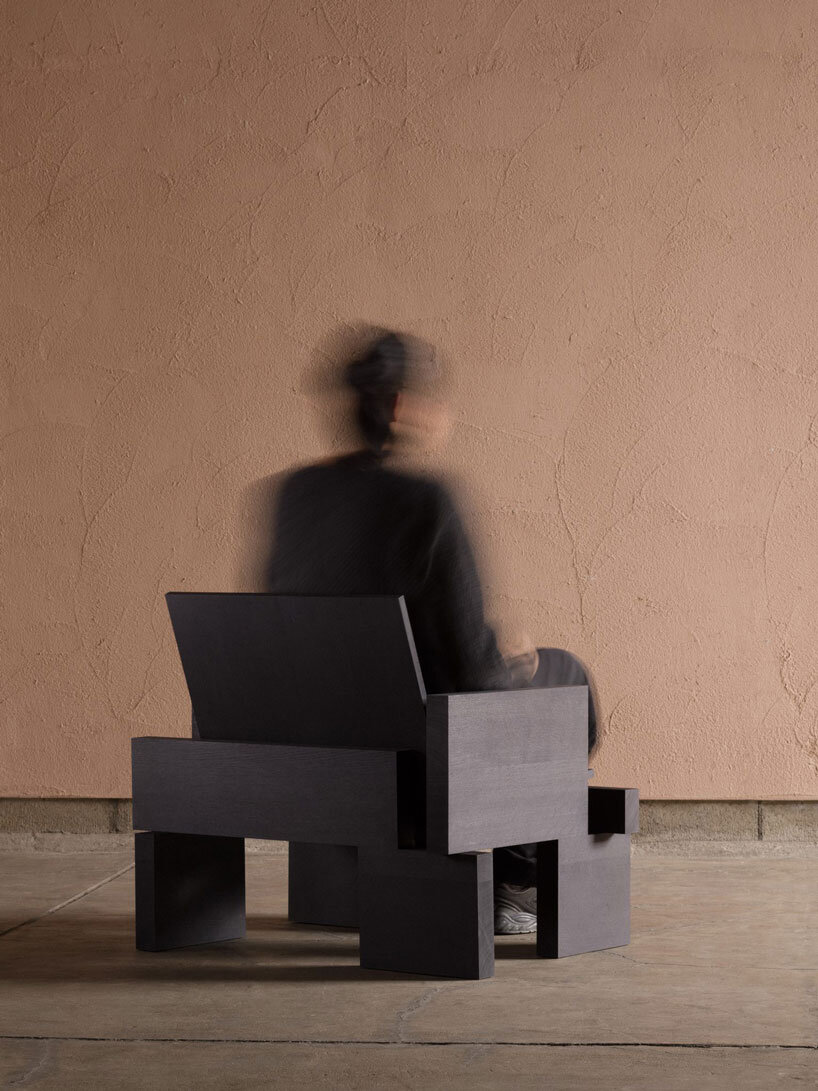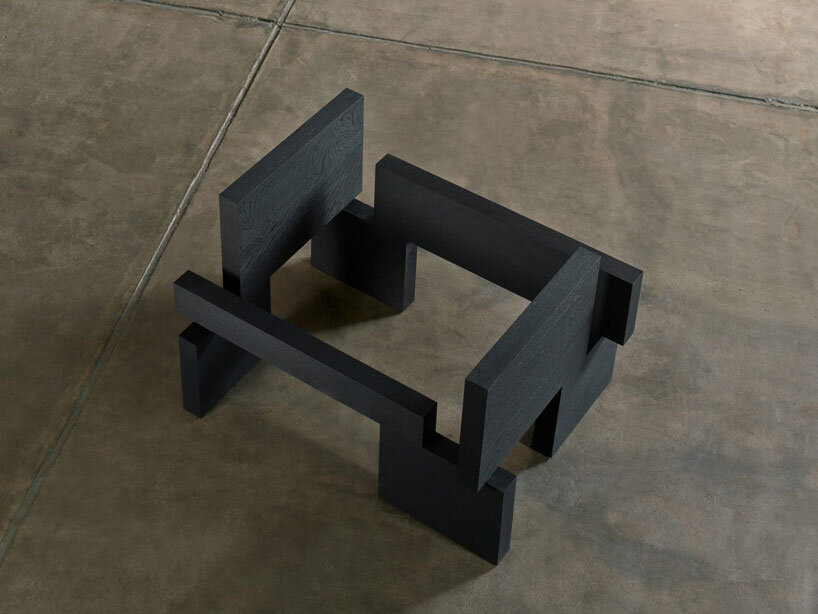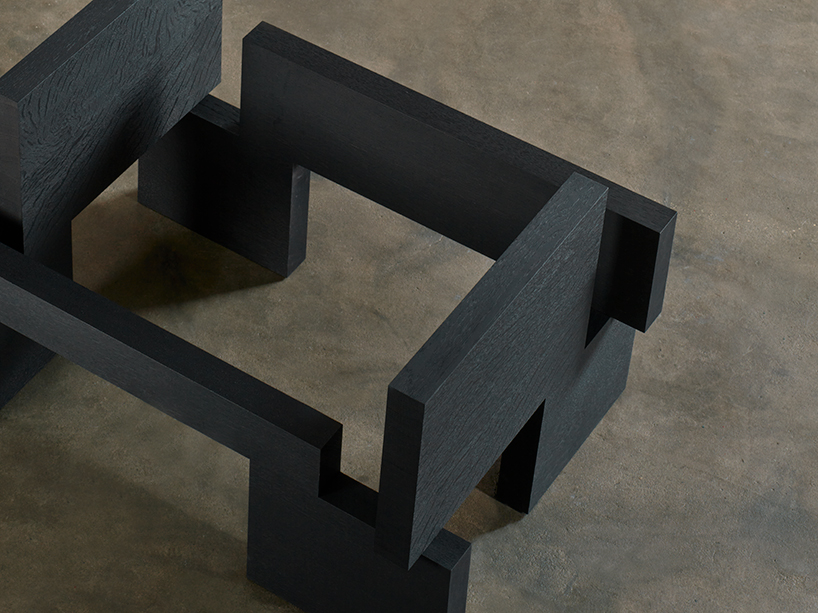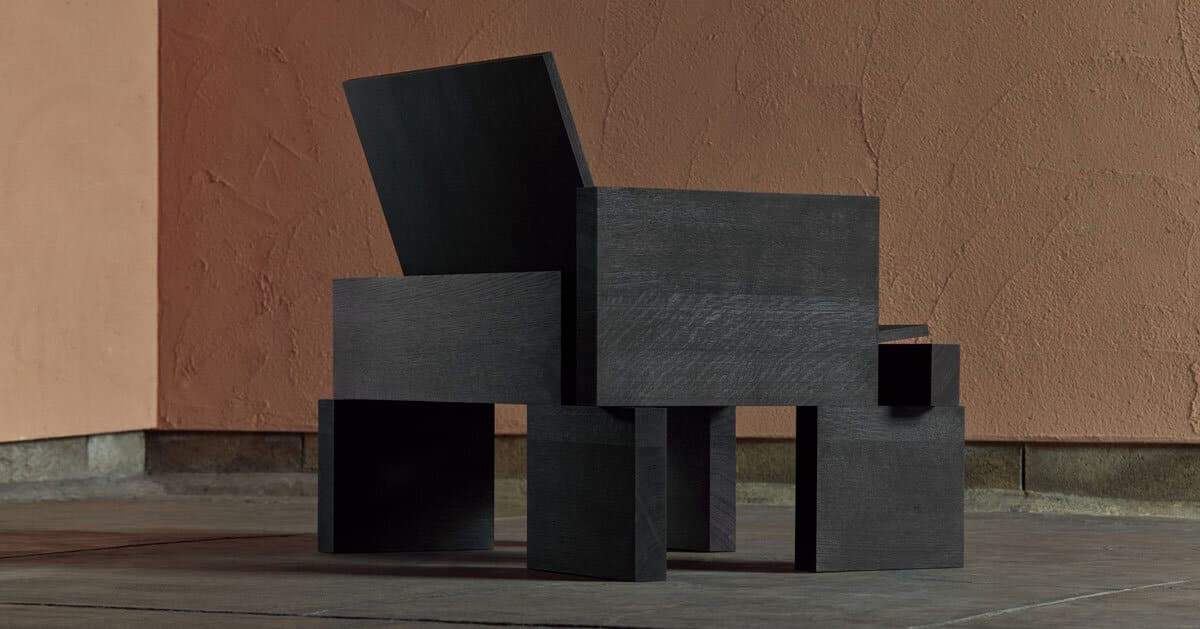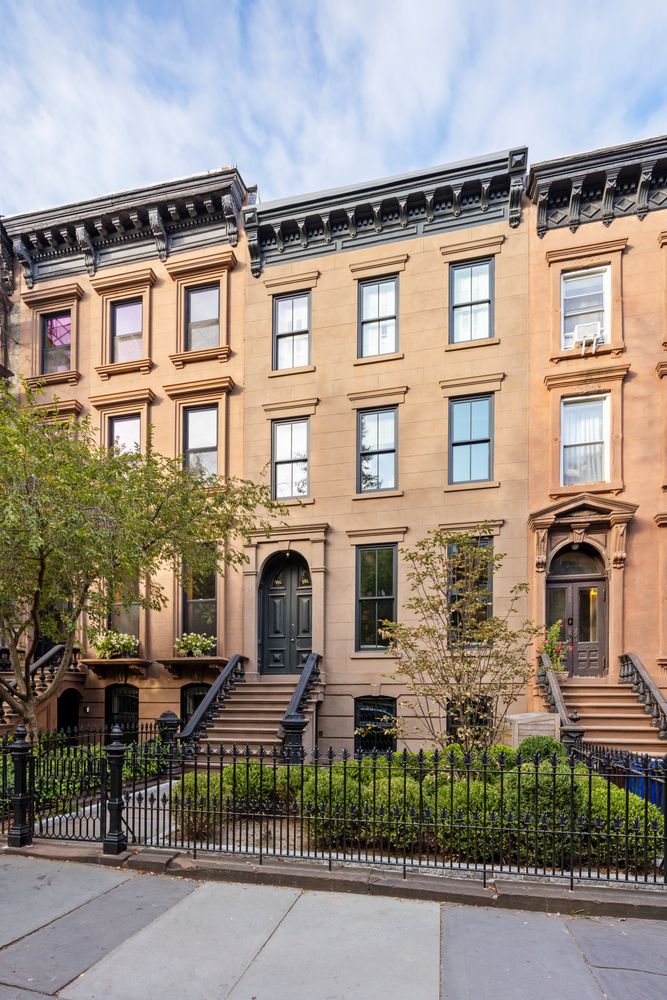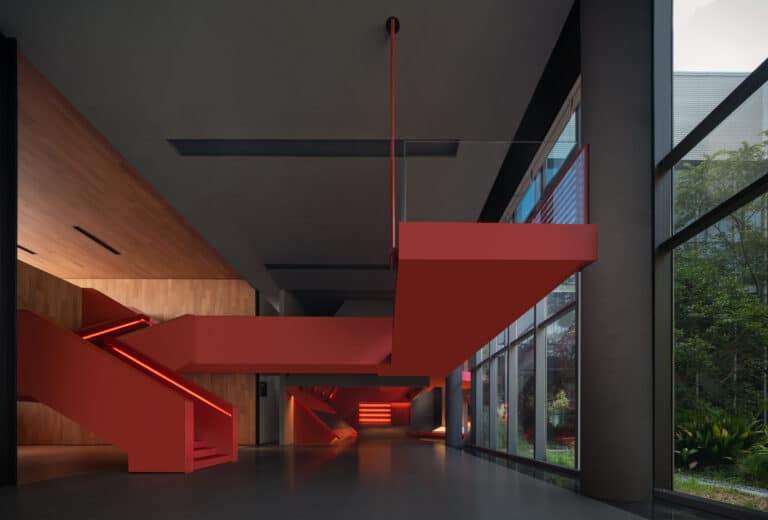Aatismo: Exploring the Balance Between Art and Function in Contemporary Design
“Aatismo”: Reflections on Existence and Formation
The “Aatismo” collection offers an artistic experience that goes beyond aesthetic form. It delves into deeper concepts related to existence and structural formation, showcasing art and function in contemporary design. This collection consists of four pieces that blend sculpture, lighting, and furniture. It raises questions about how entities transform from temporary performances into fixed, tangible beings and reflects the core theme of art and function in contemporary design.
From Chaos to Formation
The design concept draws inspiration from observing natural transformations and organic processes, such as crystallisation or the growth of living organisms. From this perspective, “Aatismo” can be understood as a symbolic journey that begins in darkness. Light gradually emerges, matter takes on a defined form, and elements merge to create a new order. This showcases the harmony between art and function in contemporary design.
A Balance Between Form and Function
In this context, the elements are not presented as mere decoration, but as a philosophical embodiment of the transition from a basic state to a more organised one. This is expressed through the selected materials, the distribution of mass in space, and the interplay between light and shadow, all celebrating art and function in contemporary design.
Tetra Lounge and Terra Table: A Study of Form and Composition
Tetra Lounge: A Design Based on Structural Connectivity
The Tetra Lounge chair serves as a clear example of using geometry to achieve stability and balance in design. This chair consists of four interconnected units. Each is designed with precise geometric forms, so that they complement one another when assembled.
What distinguishes this design is its reliance on the concept of mutual reinforcement. The components depend on each other to achieve structural stability, beautifully illustrating art and function in contemporary design. This structural interaction not only enhances the functional aspect, but also reflects a standardised approach to design thinking. The separate parts form an integrated collective structure.
Through this, the chair achieves a visual and functional balance resulting from the interplay between mass and void, as well as between form and stability.
Terra Table: A Fusion of Nature and Technology
The low Terra Table offers a different design approach that starts with a natural material and reshapes it using modern techniques.
The key element here is the Oya stone, a type of volcanic tuff extracted from Tochigi Prefecture in Japan. This stone is distinguished by its natural voids, often perceived as a structural flaw.
However, in this design, the voids are transformed into beauty. They are filled with a compound made of liquid acrylic resin mixed with gypsum powder. This treatment not only adds to the structural strength, but also creates a unique visual contrast.
When the surface is polished, intricate patterns formed over geological time are revealed, adding a contemplative dimension to the piece which highlights art and function in contemporary design.
In this way, the design merges the organic texture of the raw material with thoughtful functional application, embodying the fusion of art and function in contemporary design. This creates a visual and conceptual interaction between natural formation and human intervention.
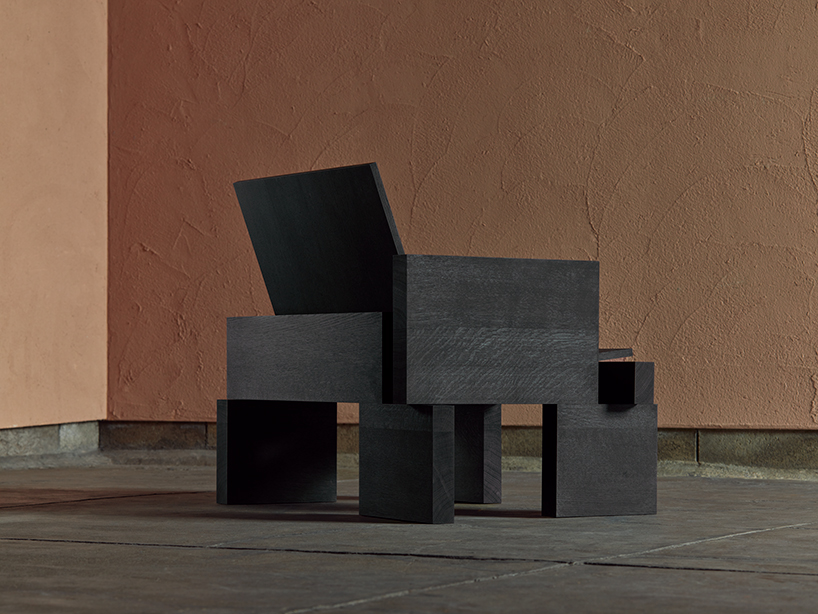
Core and Seed: Lighting as Functional Sculpture Interacting with Space
Core: The Transparency of Light and the Weight of Balance
In the design of the Core lighting piece, the relationship between light and structure is redefined.
The piece relies on a spherical glass element, which not only functions as a light source but also forms the structural axis supporting the entire composition. The design is inspired by microscopic organisms. The glass sphere acts as a lens gently redistributing light toward a crinkled glass disc placed beneath it.
Through delicate wires extending from a supporting ring, precise visual balance is achieved. This gives the piece a sense of suspension and weightlessness.
This composition focuses on highlighting the relationship between apparent fragility and solid function. This results in a dynamic interaction between light, space, and structural flow. Hence, it exemplifies art and function in contemporary design.
Seed: A Portable Light Inspired by Nature
In contrast, the Seed piece offers a more flexible and adaptive concept for different environments.
It features a semi-circular design with a transparent disc surface supported by a slender metal frame.
This surface distributes a warm light that gently spreads through the space. The frame serves two main roles: structural support and carrying handle.
One of the design’s most notable features is its adaptability in positioning; it can either be placed on the ground or hung on a wall.
The piece draws inspiration from the phenomenon of seed dispersion in plants. It expresses the potential for movement and proliferation across multiple spaces. This concept is translated into the piece’s ability to integrate into various living patterns, showcasing art and function in contemporary design. It makes lighting a portable element that adapts to changes in space and need.
